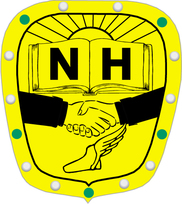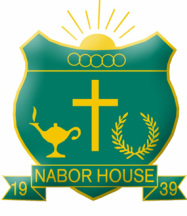Development of Insignia
A symbol of belonging is important to Nabor House men just as it is to many individuals in other organizations, especially those of a fraternal nature. The various forms of insignia used by Nabor House have been officially approved by the Fraternity and included in its constitution. Some of the insignia, especially the membership pin, were derived and accepted through long, arduous planning and debate.


